Curator Highlights Favorite Pieces from Cartier Exhibition
Among the stunning pieces featured in the Cartier exhibition at the V&A is a dazzling snake necklace adorned with exquisite diamonds, originally commissioned by Mexican film icon María Félix. Another standout is the majestic Scroll Tiara, created in 1902 for the Countess of Essex, which has an illustrious history of being worn by notable figures including Clementine Churchill at the coronation of Elizabeth II in 1953 and Rihanna on the cover of W Magazine in 2016. Additionally, there’s the elegant ruby and diamond necklace gifted to actress Elizabeth Taylor by her third husband, Mike Todd, in 1957.
Every visit to the V&A’s Cartier exhibition reveals a new favorite piece. This experience, shared with senior jewellery curator Helen Molesworth, involved the complex task of selecting just 350 outstanding pieces from a plethora of magnificent jewels, watches, and exquisite objects encountered during our research.
Today, Cartier stands as a symbol of timeless style and aspiration. The exhibition delves into how Cartier achieved its prestigious status, examining the close-knit relationships between the three Cartier brothers, their visionary ambition to globalize their family business, and the innovative marketing strategies that paved the way for modern luxury brands. Below, I’ve chosen my top five pieces from the exhibition.
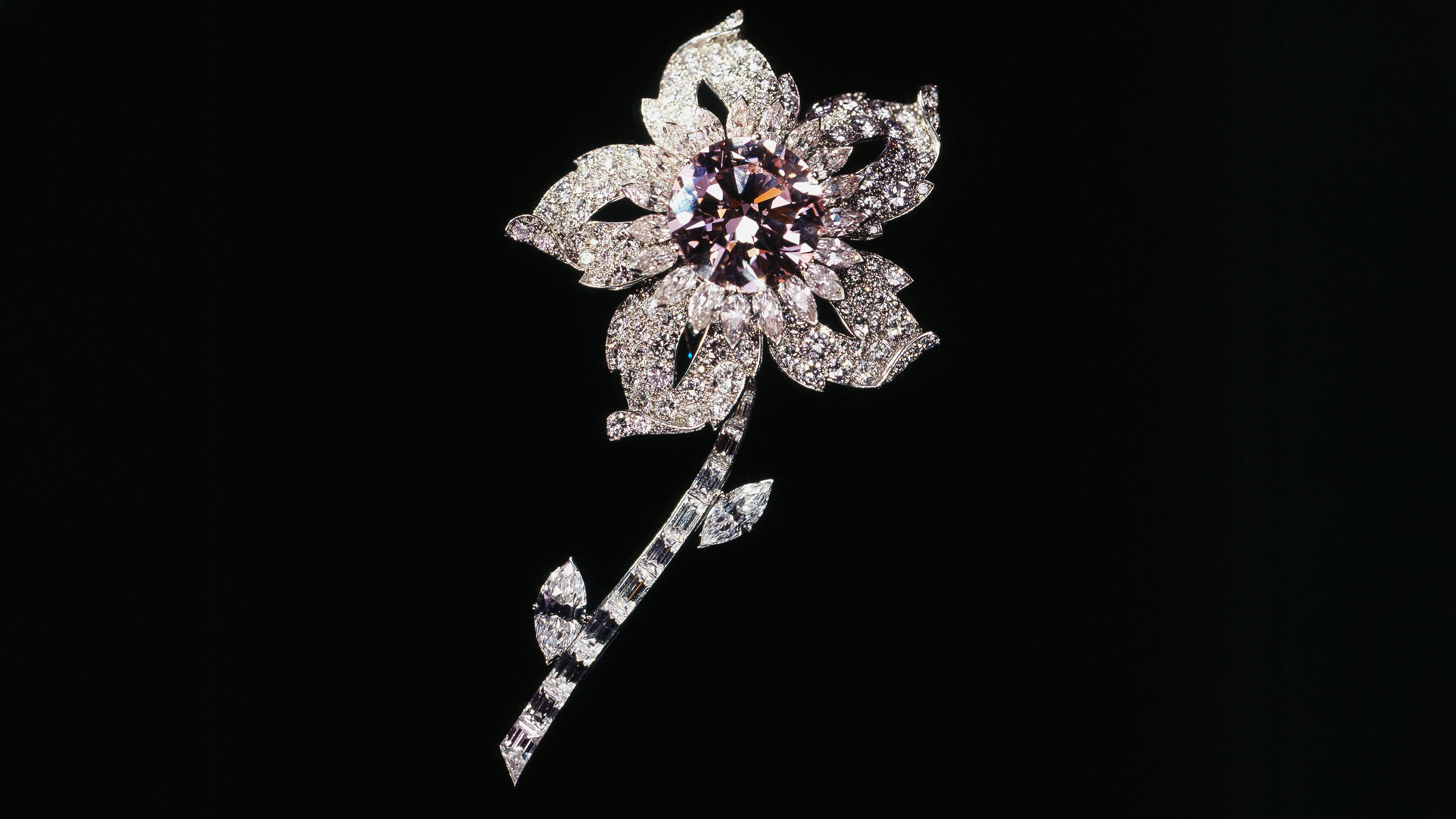
Williamson Diamond Brooch
This magnificent brooch was commissioned by Queen Elizabeth II from Cartier London in 1953, coinciding with her coronation. It features a rare pink diamond, a wedding gift given to her in 1947 by Dr. John Thoburn Williamson, the owner of a Tanzanian diamond mine. Designer Frederick Mew crafted the brooch, and we are thrilled to showcase some of his design proposals for the first time, along with the finished piece. These sketches, part of the V&A’s collection, illustrate the creative process behind the jewel and the bond between jeweler and royal.
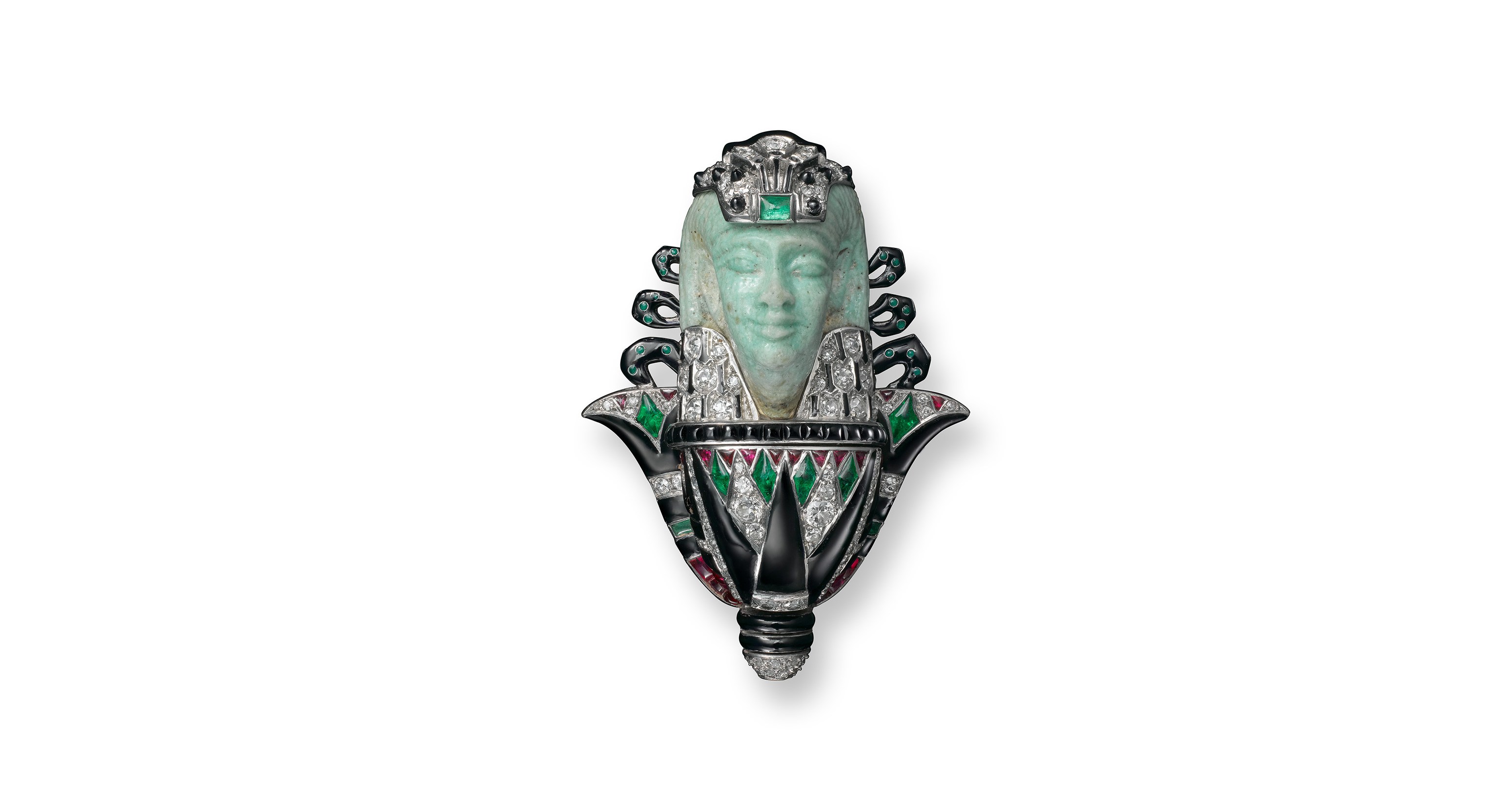
Egyptian Brooch
This exquisite brooch from 1927, crafted by Cartier Paris for its New York branch, captivates with its intricate details. Though it measures just 5 x 3.5 cm, it beautifully fuses ancient Egyptian influences with Art Deco aesthetics. At its heart lies a fragment of sixth-century faience depicting the goddess Isis, elegantly encircled by a bouquet of lotus flowers set with emeralds, rubies, diamonds, onyx, and enamel, while also referencing the Egyptian god Nefertum, connected to perfume and dawn.
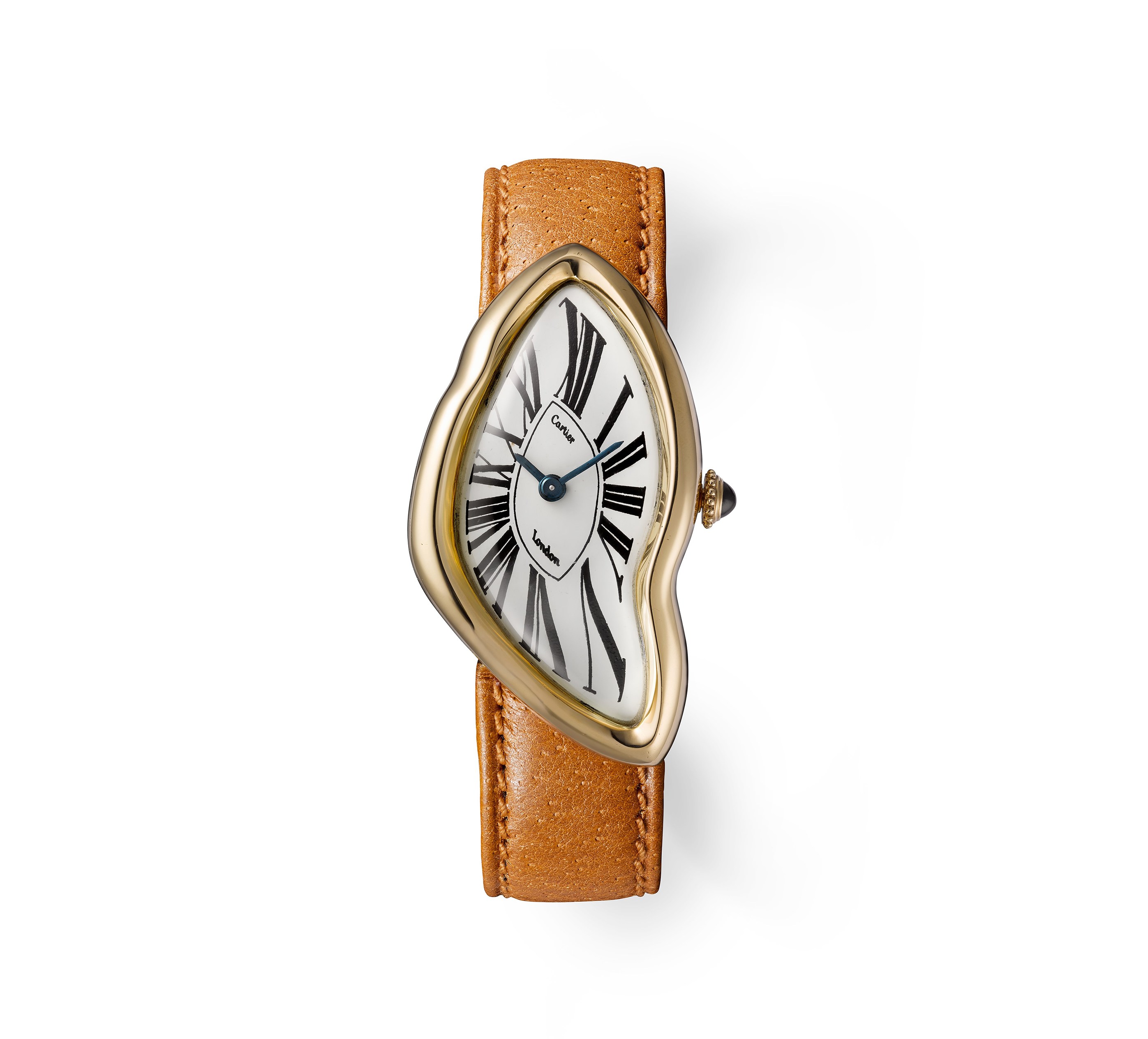
Crash Watch
The evolution of Cartier London unfolds throughout the exhibition, beginning with the brothers’ entrance in 1902 to meet British demand and culminating in the horological heights of the 1960s under Jean-Jacques Cartier. The brand innovated by challenging the traditional forms of watch design, leading to the creation of the iconic Crash watch in 1967, which distorted the classic oval shape with a playful kink at its center—a true representation of the era’s free spirit.
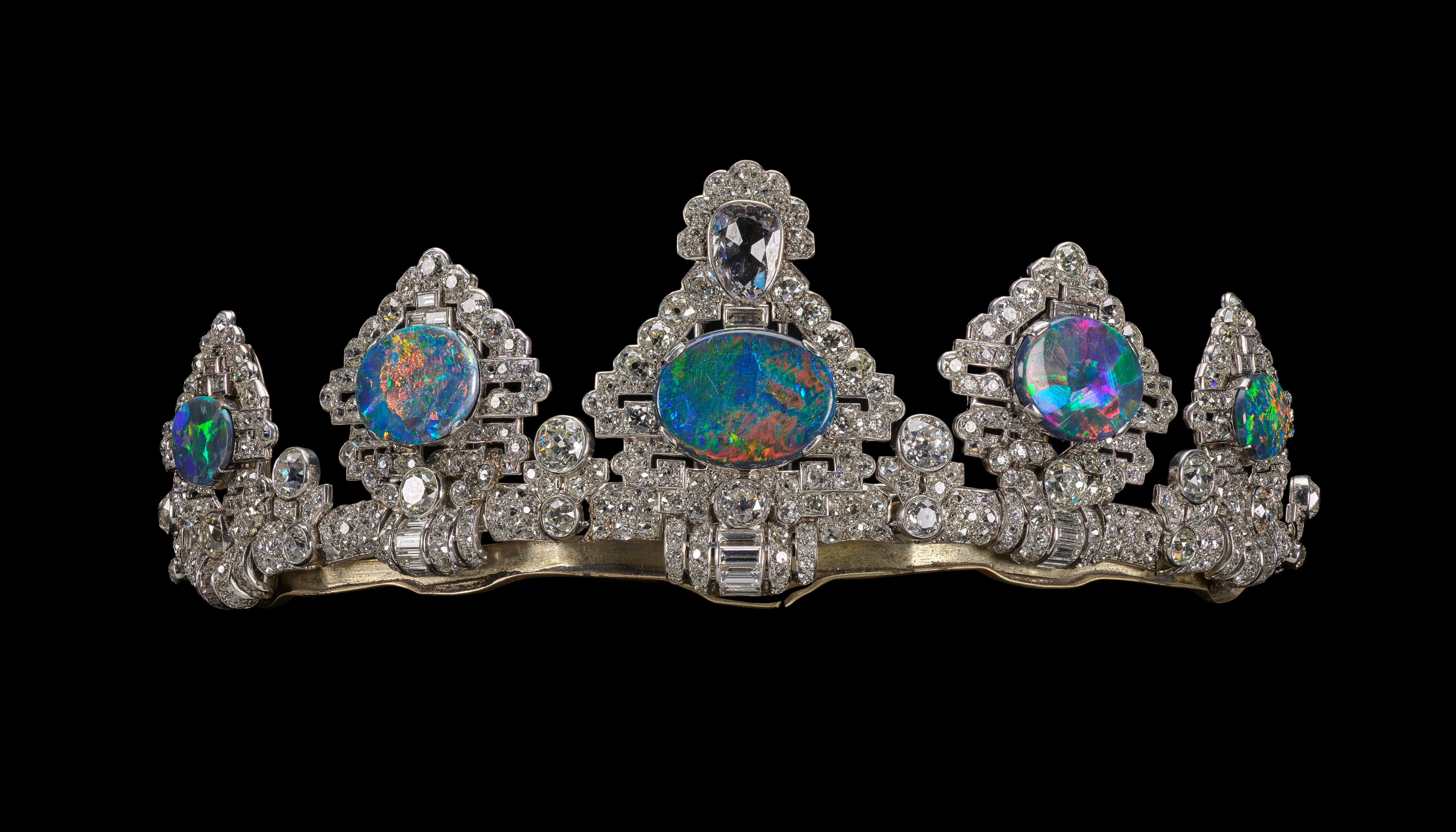
Opal Tiara
Tiaras are the pinnacle of both social status and craftsmanship, embodying the art of the jeweller. In 1937, more tiaras were produced by the Cartier London branch than at any other time, reflecting their significance in the brand’s history. One of the featured pieces is a unique opal and diamond tiara, being shown for the first time, which was commissioned by Mary Cavendish, Marchioness of Hartington. This versatile piece was made with Australian black opals gifted by her husband and could be worn as a necklace, as she did while serving as Mistress of the Robes at Queen Elizabeth II’s 1953 coronation.
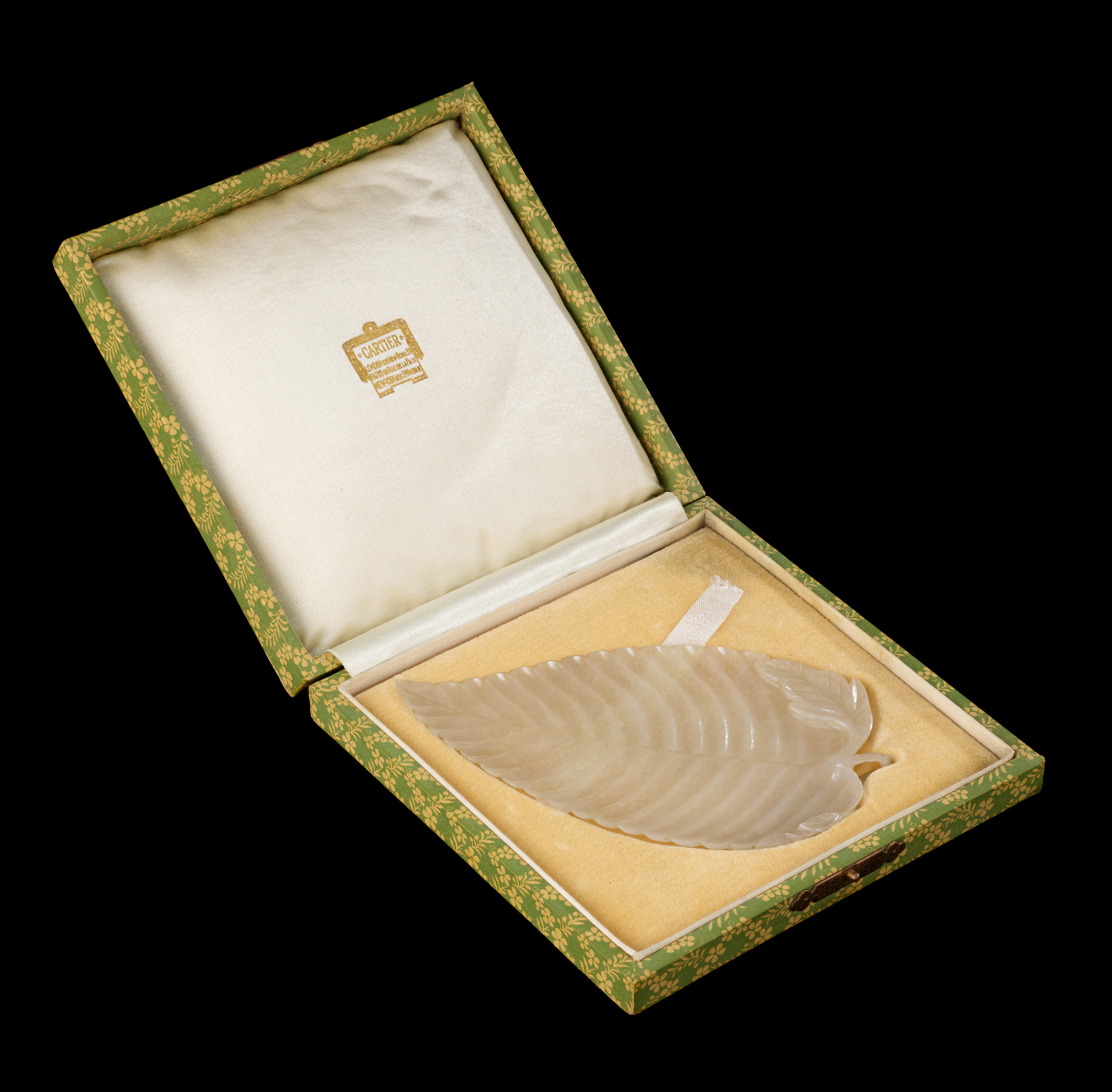
Jade Dish
The influence of Indian design on Cartier is profound, seen in the vibrant Tutti Frutti pieces and the long sautoirs characteristic of the Art Deco period. The brothers were inspired by Indian gemstones and motifs as early as 1901. A notable representation of this connection is a Mughal carved-nephrite jade dish shaped like a delicately ribbed leaf, which was donated to the V&A by Imre Schwaiger’s son, a longtime salesman at Cartier London. This exquisite object is displayed along with its original custom packaging.
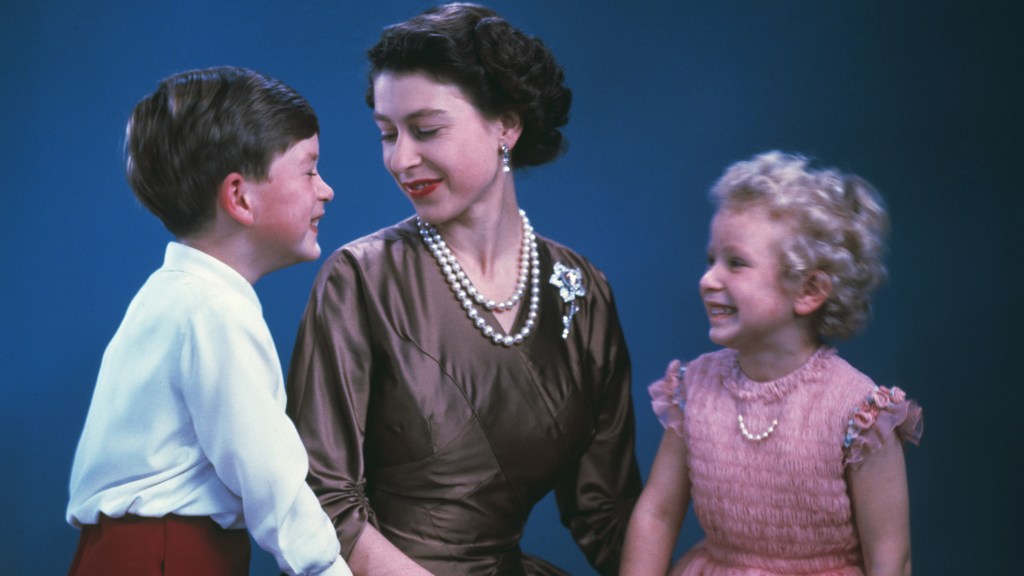

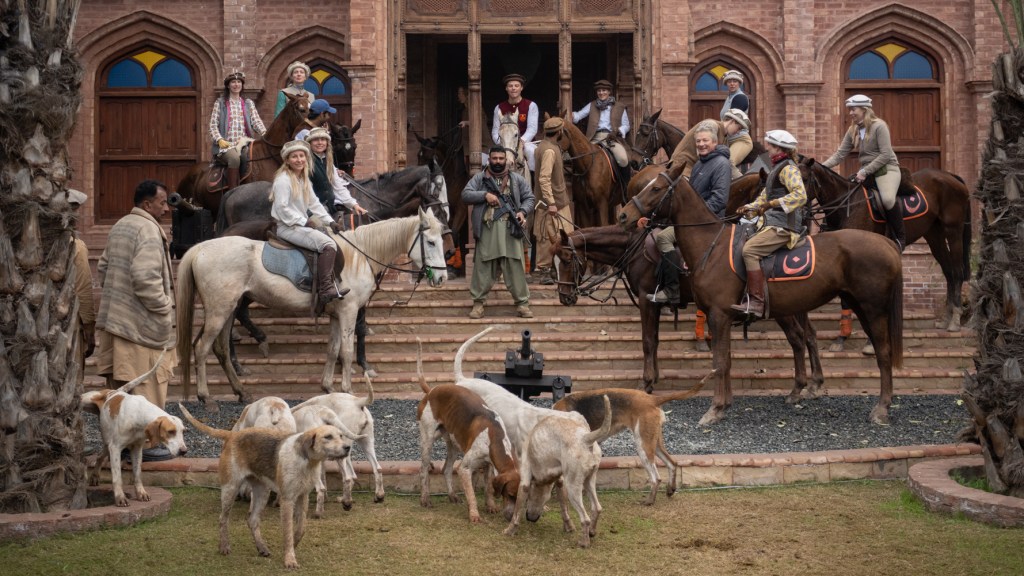
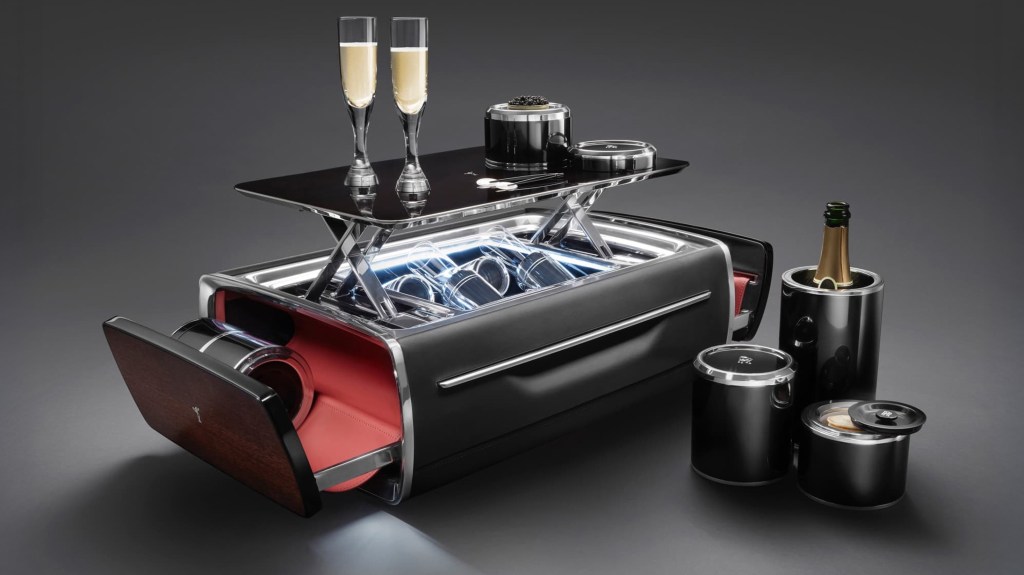
Post Comment